No products in the cart.
Return To ShopDhak Beej / Panpanna / Bilas Papda / ڈھاک کے بیج/ پلاس پاپڑہ
3.93$ – 68.57$Price range: 3.93$ through 68.57$
مختلف نام :
لگ بھگ تمام ہندوستان و پڑوسی ملکوں کے باشندے اسے پلاس یا ڈھاک کے نام سے جانتے ہیں اور اس کے تمام ہندوستان میں جنگلی درخت پائے جاتے ہیں ۔یہ صرف ریتلی زمین میں نہیں ہوتا ۔پلاس کا گوند ،بیج و خشک پھول جسے پھول کیسو یا پھول ٹیسو کہتے ہیں ۔عام پنساریوں سے حاصل ہو جاتے ہیں ۔ اردو پلاس چھچھرا ،ٹیسو -ہندی ڈھاک ،ٹیسو -بنگالی پلاش ،گاچھ -مراٹھی پلس -گجراتی خاکرا -فارسی درخت پلاس ،گل ٹیسو -تامل موروکو -تیلگو موؤدگ -لاطینی میں بوٹیا مونوسپرما اور انگریزی میں بسٹرڈ ٹیک کہتے ہیں ۔
(Butea Mono Sperma)
Dhak Beej / Panpanna / Bilas Papda / ڈھاک کے بیج/ پلاس پاپڑہ
شناخت:
ہندوستان و پڑوسی ملکوں کا اپنے آپ پیدا ہونے والا پودا ہے ۔
اس کا درخت درمیانہ قد کا اور متفرق ٹہنیوں میں پھیلا ہوتا ہے اور شاخ پر تین تین پتے ہوتے ہیں ۔
یہ لگ بھگ 50فٹ اونچا اور پانچ چھ فٹ موٹا ہوتا ہے۔
اس کے پھول کی کلی طوطے کی چونچ کی طرح نکلتی ہے اور کھلنے پر لال کیسریا رنگ کے خوبصورت پتنگ کی طرح دکھائی دیتے ہیں ۔
ڈھاک کے پھولوں سے پیلا رنگ نکالا جاتا ہے جو کپڑے رنگنے کے کام آتا ہے۔
پلاس کے درخت پر ایک قسم کا گوند نکلتا ہے جسے کمرکس یا چنیا گوند کہتے ہیں ۔
پلاس کی ایک قسم اور بھی ہوتی ہے جو سفید والی ہوتی ہے ۔
یہ زیادہ فائدہ رکھتی ہے ۔
اس کے نسخہ سے بنائی گئی ہڑتال ،شنگرف اور پارہ کی بھسمیں (کشتہ جات )زیادہ فائدہ دینے والی ہوتے ہیں۔
پرانے زمانے میں پیلے رنگ کے پلاس کے پھولوں سے کئی سادھو ،فقیروغیرہ اس رنگ سے اپنی پوشاک رنگتے تھے
اور ہولی کے دنوں میں بھی اسکے رنگ سے کپڑے رنگے جاتے تھے ۔
یہ رنگ اگرچہ ناپائیدار ہوتا ہے لیکن اگر کوشش کی جائے تو اس سے اچھا رنگ تیار کیا جا سکتا ہے ۔
پلاس (ڈھاک) کے بیج لال ،کبود ،پیلے اور سفید چار قسم کے چپٹے ہوتے ہیں۔
ہر بیج ایک سے ڈیڑھ انچ تک لمبا اور ایک انچ چوڑا اور 16/1سے 12/1انچ تک موٹا ہوتا ہے۔
ان کے اوپر کا چھلکا باریک چمکیلا اور جھری دار ہوتا ہے ۔
اس کی بو ہلکی اور مزا کڑوا اور چرپرا ہوتا ہے ۔
اس کی گوند کا رنگ گہرا لال ہوتا ہے ۔
یہ بے بو اور ذائقہ میں قابض ہے ۔
یہ چھوٹے چھوٹے چمکیلے ٹکڑوں کی شکل میں ہوتا ہے اور قدرتی طور پر درخت کے تنے سے خارج ہوتا ہے ۔
مزاج:
بیجوں کا مزاج گرم تر اور پھولوں کا مزاج سرد خشک ہوتا ہے۔
موتیا بند:
ڈھاک کے تین چار سالہ پودے کی پوری جڑ حاصل کر کے اس کا عرق نکالیں اور ایک صاف شیشی میں رکھ دیں۔ تھوڑی دیر بعد جب تلچھٹ تہہ نشین ہو جائے تو عرق کو نتھار کر تلچھٹ کو پھینک دیں اور اس عرق کو ڈراپر سے آنکھوں میں چند روز متواتر ڈالیں۔ ابتدائی بند موتیا کو آرام ملتا ہے ۔دھند ،جالا اور پھولا کے لئے بھی مفید ہے ۔
Dhak beej, known as Palash seeds in English, comes from the Butea monosperma tree, often referred to as the ‘Flame of the Forest’. It is celebrated not only for its striking orange flowers but also for its various health benefits. Here’s a simple guide to the advantages of incorporating Dhak beej into your health regimen.
Digestive Health
Dhak beej can help with digestive issues. It’s known to assist in managing stomach infections and improving bowel movements, making it a valuable addition to your diet if you face such concerns.
Diabetes Management
For those managing diabetes, Dhak beej may offer some benefits.
It has been noted to help alleviate symptoms associated with diabetes
which can be a significant aid alongside your regular treatment plan.
Sexual Wellness
Dhak beej is also recognized for its potential in boosting sexual functions.
This aspect of its use has been acknowledged in traditional practices like Ayurveda.
Skin and Hair Care
Beyond internal health, Dhak beej is also beneficial for external wellness. It’s said to support hair growth and contribute to glowing skin, which can be a natural way to enhance your beauty routine.
Spiritual and Cultural Significance
In addition to its health benefits, Dhak beej holds cultural importance. It’s used in various Hindu rituals and is considered an auspicious sign, reflecting its deep roots in tradition.
Incorporating Dhak beej into your life can be done in various ways, from using it in traditional remedies to including it in your diet. However, it’s essential to consult with a healthcare provider before starting any new health supplement, especially if you have existing health conditions or are taking other medications.
For more detailed information on Dhak beej and its uses, you can explore further resources and studies that delve into its properties and benefits. Remember, natural remedies can be a powerful addition to your health toolkit, but they should be used wisely and with professional guidance.
| Weight | N/A |
|---|---|
| Form | Whole (ثابت), Powder (پساہوا) |
| Weight | 50gm, 100gm, 250gm, 500gm, 1kg |
Related products
Sago Dana / ساگودانہ
3.21$ – 51.43$Price range: 3.21$ through 51.43$- Whole (ثابت)From: 3.21$
- Powder (پساہوا)From: 12.86$
- 100gmFrom: 3.21$
- 250gmFrom: 6.43$
- 500gmFrom: 12.86$
- 1kgFrom: 25.71$
Sharbat e Anjbar | Marhaba-800ml | – شربت انجبار
Namak Nalli – Pink Salt/ نمک نلی
1.71$ – 17.00$Price range: 1.71$ through 17.00$- Whole (ثابت)From: 1.71$
- Powder (پساہوا)From: 2.14$
- 50gmFrom: 1.71$
- 100gmFrom: 3.43$
- 250gmFrom: 8.43$
- 500gmFrom: 16.43$
Multan Mitti / ملتانی مٹی
0.86$ – 5.00$Price range: 0.86$ through 5.00$- Whole (ثابت)From: 0.86$
- Powder (پساہوا)From: 1.57$
- 100gmFrom: 0.86$
- 250gmFrom: 2.14$
- 500gmFrom: 4.29$
Anjbar / انجبار
1.90$ – 15.21$Price range: 1.90$ through 15.21$- Whole (ثابت)From: 1.90$
- Powder (پساہوا)From: 2.85$
- 50gmFrom: 1.90$
- 100gmFrom: 3.80$
- 250gmFrom: 7.42$
- 500gmFrom: 14.26$
Ajwain Desi / اجوائن دیسی
0.86$ – 13.14$Price range: 0.86$ through 13.14$- Whole (ثابت)From: 0.86$
- Powder (پساہوا)From: 2.01$
- 50gmFrom: 0.86$
- 100gmFrom: 1.71$
- 250gmFrom: 3.43$
- 500gmFrom: 6.86$
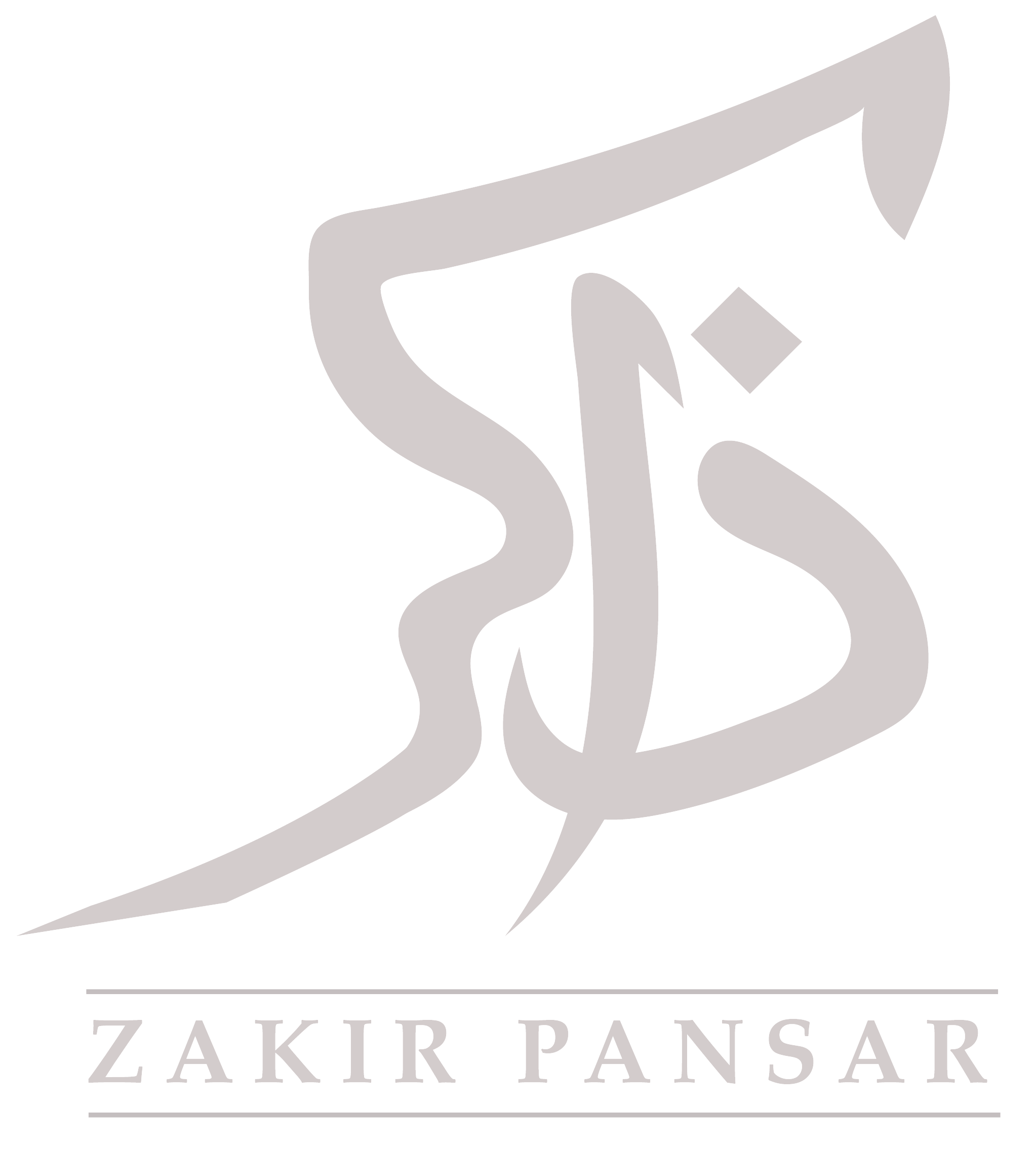
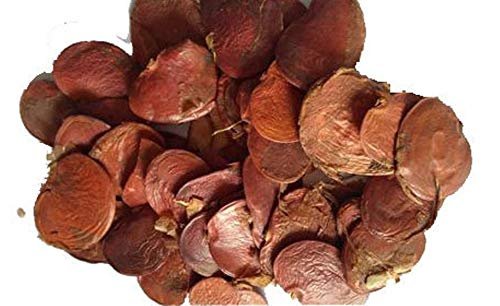
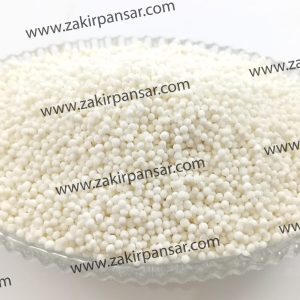
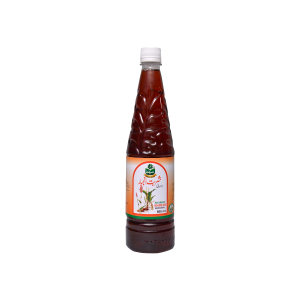
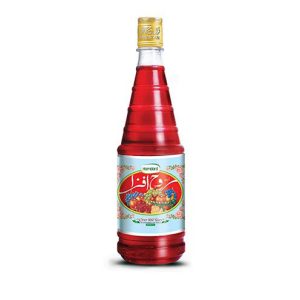
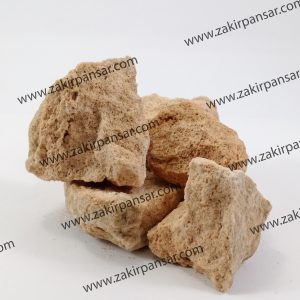
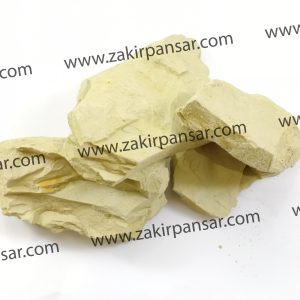

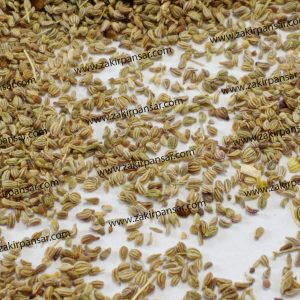
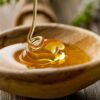

Reviews
There are no reviews yet.